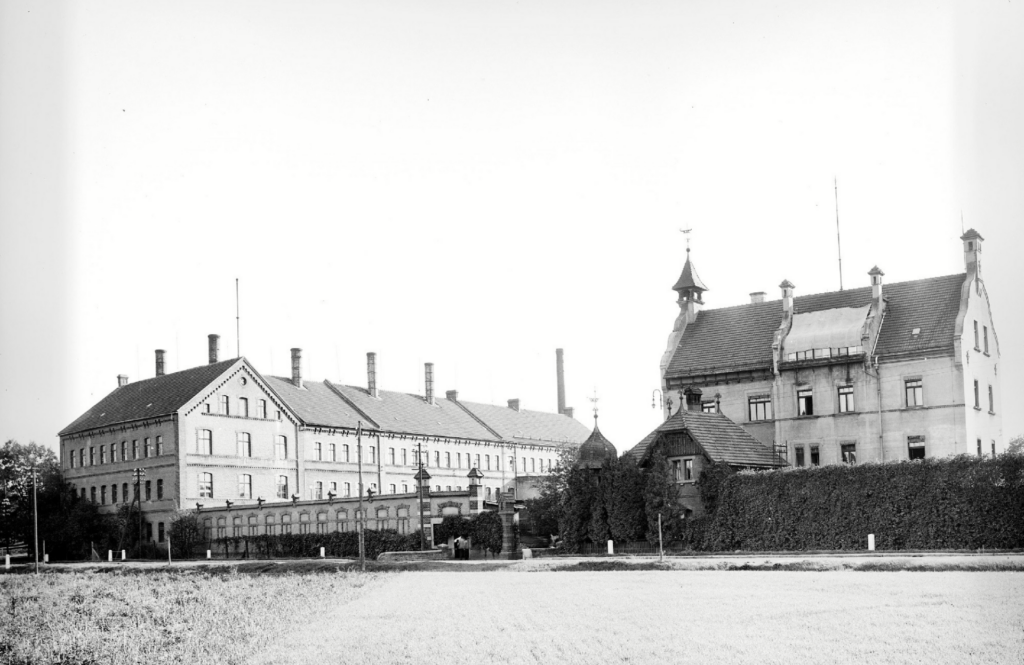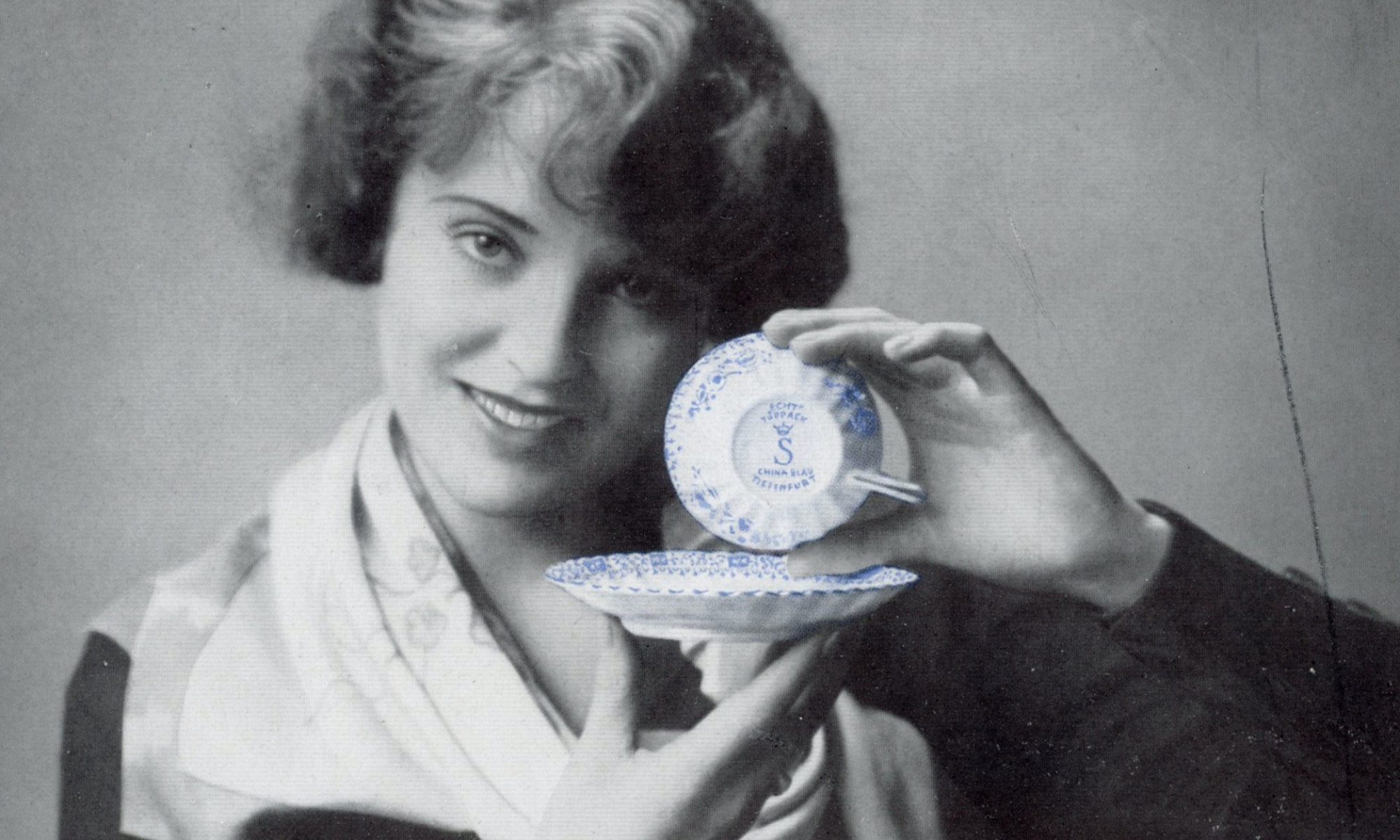
The museum was created on the site of a porcelain production facility closed in 2001, founded in 1886 by the Schlegelmilch family who came here from Thuringia. Before 1945, the Factory in Tułowice was one of the largest porcelain manufacturers in Silesia. The products, due to their quality and design, were well-known in Europe and the USA. From the beginning of the 20th century until World War I, most of the production was directed to the USA, where the Factory in Tułowice had its representations. After World War II, the facility continued to produce porcelain. In 1976, it was expanded. It significantly increased production, focusing on popular porcelainite products. Production ended in 2001.
In April of this year, after 9 years of restoration work, the restored factory began a new life. Thanks to the efforts of the Silesian Industrial Heritage Protection Foundation team, the carefully restored factory became the Silesian Porcelain Museum. The historic interiors shelter products from 12 Silesian manufacturers. Often these are the only traces of those old factories.
Visiting the Museum is a journey through time. In a theatrical setting, porcelain products from different epochs and styles are presented. In the historic interiors, one can see how trends in art were transferred to porcelain products. Porcelain in the style of Art Nouveau, Art Deco, or modernism decorates the halls. The visit is accompanied by the sounds of the past, the hum of machines, the buzz of cafes, or the heated discussions of owners about production directions. One can look into the factory management rooms, the accounting department, or marketing.
A unique attraction is an authentic workshop where one can learn about the porcelain designers’ craft.
The Museum organizes workshops on making and decorating porcelain.
For collectors, it is a place to organize conferences, meetings, and auctions of historic porcelain.
| Floor | Exhibition |
| Ground floor | The history of porcelain production |
| 1 st | Porcelain factories in Silesia Tableware porcelain from different factories Management of the porcelain production process (administration, accounting, marketing and sales department) Products of the factory in Tułowice |
| 2 nd | The sample room of the porcelain factory in Tułowice The Boardroom of the porcelain factory in Tułowice |
| 3 rd | Treasury – 19th-century porcelain from Silesian manufacturers with hand-painted views of Silesian cities The designers’ room of the porcelain factory in Tułowice Electrical porcelain from the collection of Roman Gatys |
